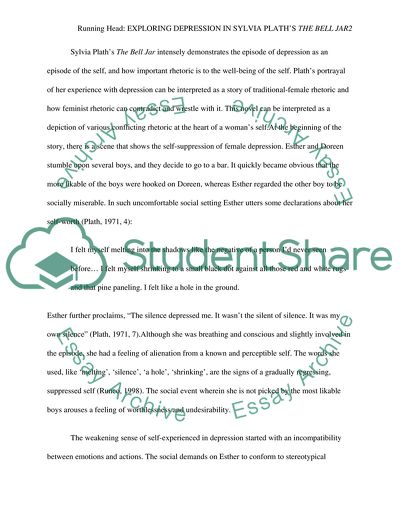Cite this document
(“Exploring Depression In Sylvia Plaths The Bell Jar Essay”, n.d.)
Retrieved from https://studentshare.org/psychology/1678848-exploring-depression-in-sylvia-plaths-the-bell-jar
Retrieved from https://studentshare.org/psychology/1678848-exploring-depression-in-sylvia-plaths-the-bell-jar
(Exploring Depression In Sylvia Plaths The Bell Jar Essay)
https://studentshare.org/psychology/1678848-exploring-depression-in-sylvia-plaths-the-bell-jar.
https://studentshare.org/psychology/1678848-exploring-depression-in-sylvia-plaths-the-bell-jar.
“Exploring Depression In Sylvia Plaths The Bell Jar Essay”, n.d. https://studentshare.org/psychology/1678848-exploring-depression-in-sylvia-plaths-the-bell-jar.


